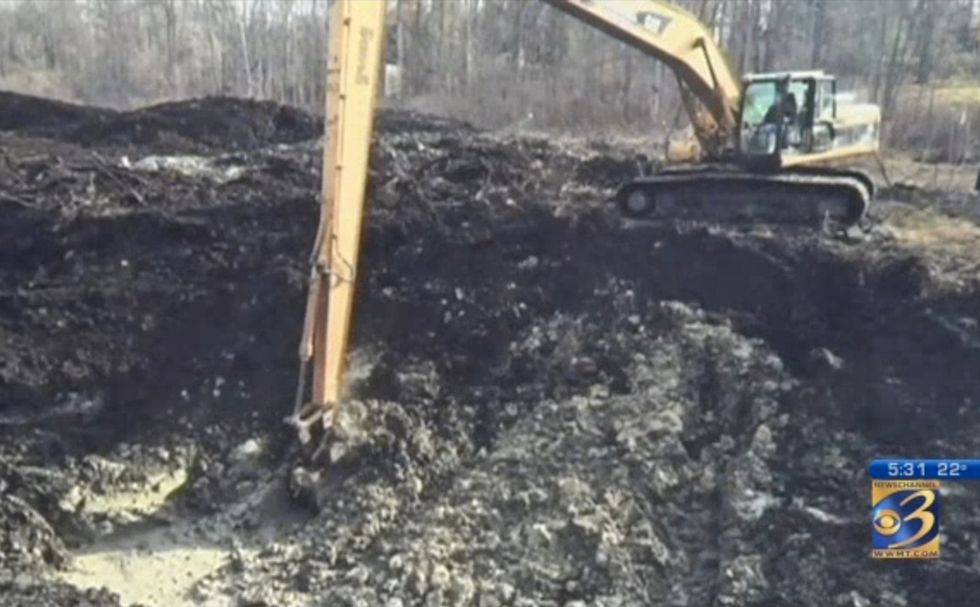
Image source: WWMT-TV

When Eric Witzke was having a backyard pond dug in November, the Michigan homeowner didn't expect to see much else but dirt at the bottom of the hole.
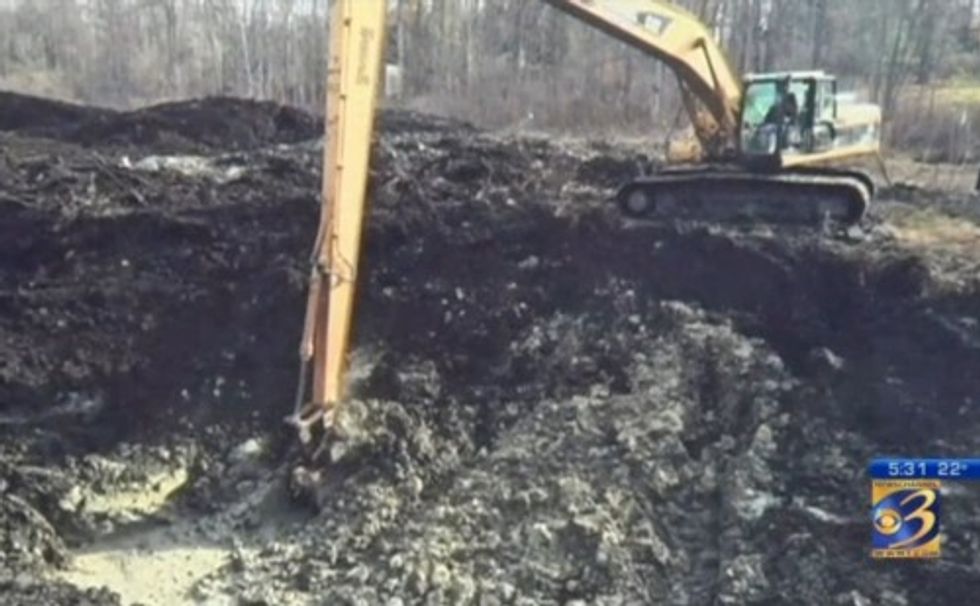
Then he caught a glimpse of finds he never bargained for.
"It was amazing to see these bones and see the size of these bones coming up out of the ground," Witzke told WWMT-TV.
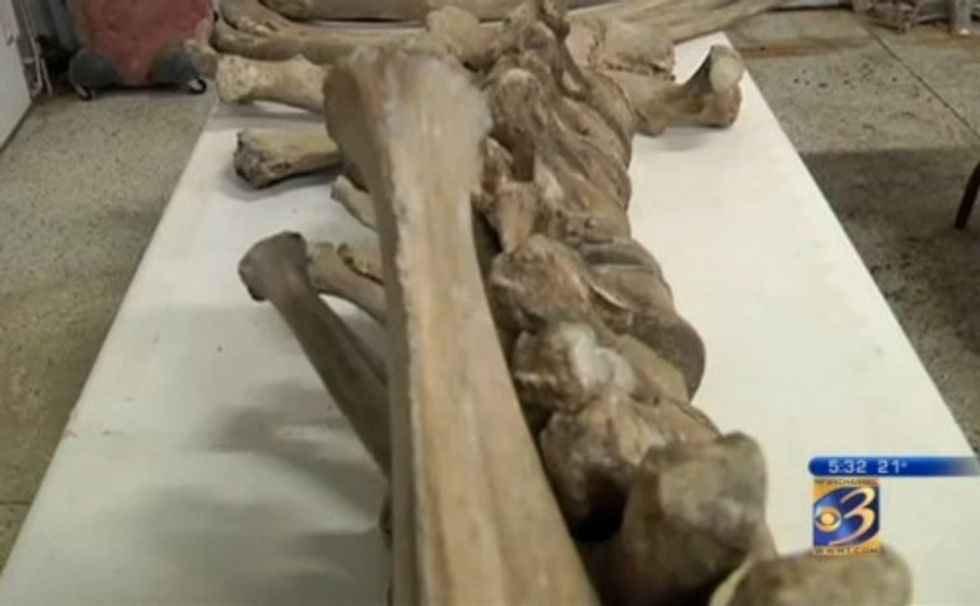
Contractor Daniel LaPoint Jr., Witzke's neighbor, immediately jumped down from his excavator after taking a gander at a huge rib bone protruding from the earth.
"It was just something different," he told the Lansing State Journal. "I automatically assumed dinosaur. That's what popped into my head."
Look what the cat dragged in https://t.co/nJwyYToTBi #Mastodon pic.twitter.com/QUZfvSWNuR
— AmericasMostHaunted (@amhaunted) January 14, 2015A total of 42 bones later and a visit by an expert from the University of Michigan confirmed what creature once made everyday use of the bones: a 37-year-old male mastodon that roamed the land around the Bellevue Township property between 10,000 to 14,000 years ago.
"You stop and think, 'They were walking around here,'" Witzke told WWMT.
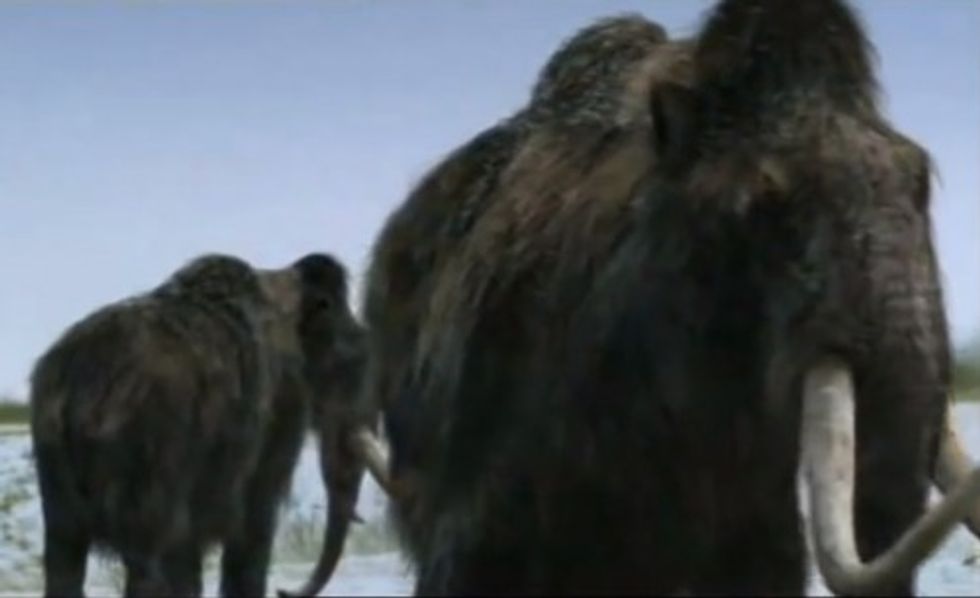
The Ice Age animal, a relative of the elephant, typically weighed about 5 tons. LaPoint and Witzke's collection includes several rib bones, leg, shoulder and hip bones, the base of a tusk and pieces of the animal's vertebrae, the State Journal reported.
"I’m speechless 'cause it's just a once-in-a-lifetime find," LaPoint told WWMT.
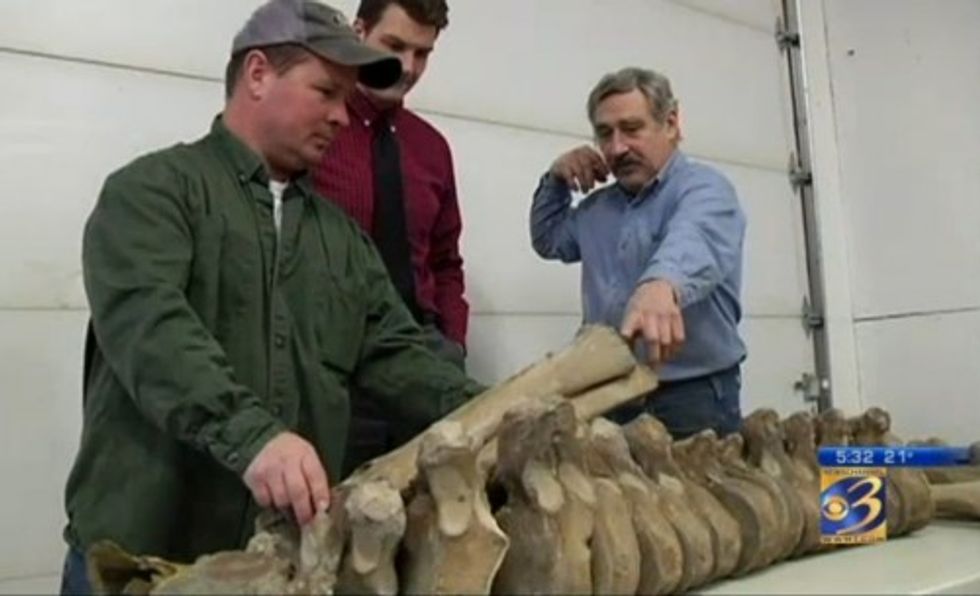
Later this month they will donate most of the bones to the University of Michigan Museum of Paleontology, the State Journal said.
Daniel Fisher, director of the museum, told the State Journal that some bones appear to have tool-like marks in places, indicating humans may have butchered the animal.
But before the bones make their trip to their permanent home at the museum, Witzke and LaPoint made sure to take their finds to a local middle school where students spent the day getting up close and personal with the prehistoric objects.
"Once these things go to the museum and get crated up, you're not going to get to touch them again. It's over with and I was that kid who wanted to touch that thing on the other side of the glass," LaPoint told the State Journal. "All the kids got to pick them up and hold them. Some kids, it was life-changing for them. To change one kid's life because they got to touch it, I think, is an incredible opportunity."
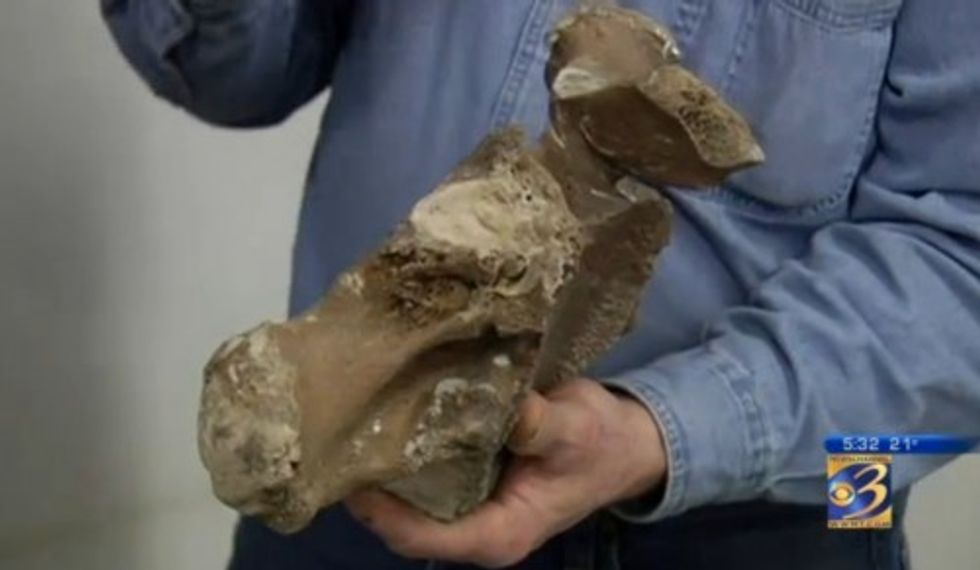
While the bones could fetch a few thousand dollars if they were sold, Fisher said their research value is more robust.
"The scientific value is really the new perspective, the new information, that specimens like these can bring," he told the State Journal.
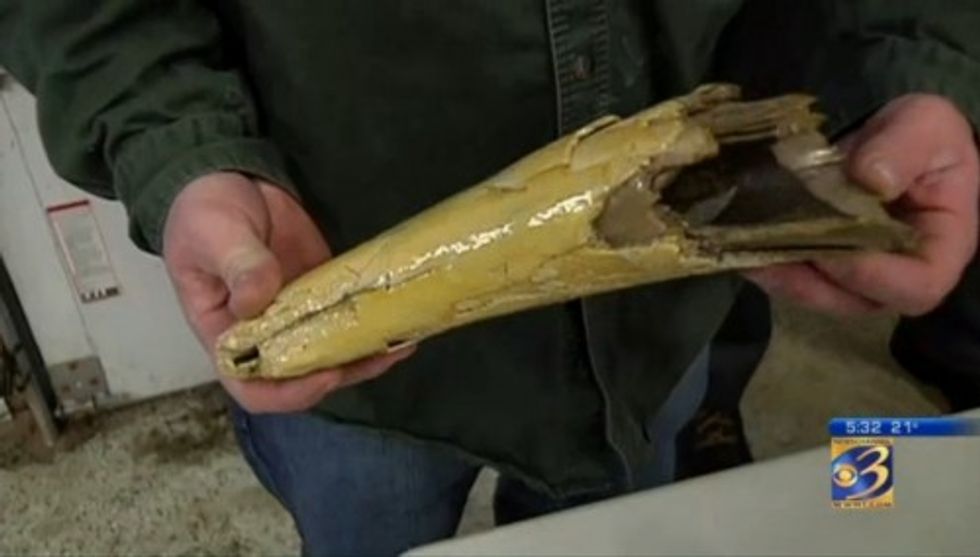
LaPoint and Witzke are keeping a few specimens at home for keepsakes, but nothing can top the memory when those first bones were found.
"Finding them was very, very cool," LaPoint told the State Journal. "You know, after time goes by and you have the bones it wears off, the excitement. Digging and finding the bones for the first time, it's not something that can be replicated."
Oh, and that pond on Witzke's property? WWMT reported that the pair will resume digging there in the spring to see if it's hiding more prehistoric treasures.